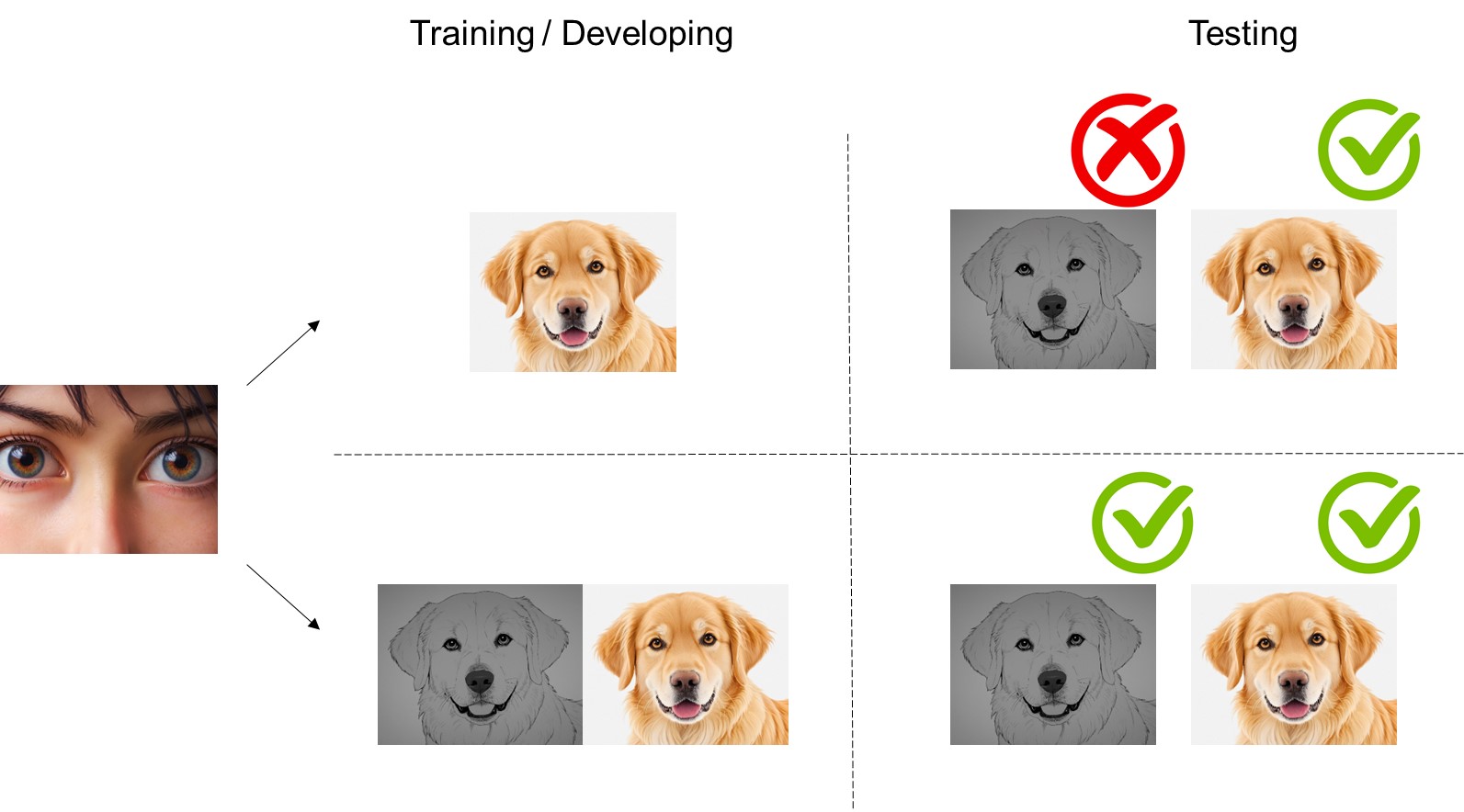Recently, a team at MIT published an intriguing study aiming to understand whether children born with visual impairments, who undergo surgery to restore their vision, have different visual abilities compared to typically developing children.
First, the researchers presented these children with both colored and black-and-white images, asking them to identify the objects in the pictures. They discovered that the children had a higher accuracy rate in recognizing colored images compared to black-and-white ones. Based on this result, the researchers proposed a possible explanation: typically developing children’s eyes start receiving external stimuli while their cone cells are still maturing. This might mean they go through a period where they cannot accurately interpret color information, relying instead on other features like shape to identify objects. However, children with congenital visual impairments who gain sight after surgery do so when their cone cells are already mature. Therefore, they immediately receive color information and may rely more on color for object recognition. When color is absent, their recognition ability decreases.
The team further used neural networks to simulate these findings. They employed a convolutional neural network (CNN) known as AlexNet for the simulation. CNNs are considered excellent models for simulating the human visual system, making them a logical choice for this study. To simulate the visual development differences, the team manipulated the training sets of the neural networks. One group of networks was trained entirely with colored images (C2C), while another group was trained first with black-and-white images and then with colored images (G2C), mimicking the typical development process of children. They found that the C2C-trained model had a significantly lower accuracy rate in recognizing black-and-white images compared to colored ones, while the G2C-trained model did not exhibit this issue.
This study uses behavioral experiments to understand how color perception during development influences object recognition and provides further evidence through neural network simulations to support their hypothesis. It is a fascinating study highlighting the importance of color information in visual development.

Reference
Vogelsang, M., Vogelsang, L., Gupta, P., Gandhi, T. K., Shah, P., Swami, P., Gilad-Gutnick, S., Ben-Ami, S., Diamond, S., Ganesh, S., & Sinha, P. (2024). Impact of early visual experience on later usage of color cues. Science, 384(6698), 907–912. https://doi.org/10.1126/science.adk9587